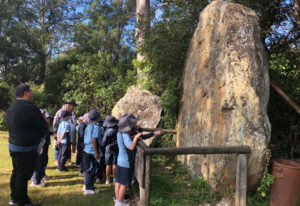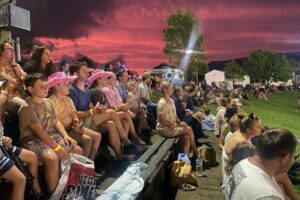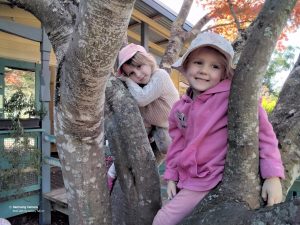NAIDOC Week is celebrated annually during the first week of July, from Sunday to Sunday – this year from Sunday 6 to Sunday 13 July.
The origins of NAIDOC Week date back to 26 January 1938. Back then, a group of more than 1000 Aboriginal people gathered in Sydney to demand better laws and full citizenship status for their community. It was a significant moment, happening at the same time as many Australians celebrated the 150th anniversary of the First Fleet landing. This was one of the first major civil rights gatherings in the world and became known as the Day of Mourning.
A few years earlier in 1935, a petition to the Prime Minister had been drafted by Yorta Yorta man, William Cooper, the founder of the Australian Aborigines’ League. This petition was addressed to King George VI, requesting that Aboriginal people be represented in Federal Parliament. The petition was supported by more than 1800 signatures; however, the Australian Government believed the petition to fall outside its constitutional responsibilities and the request was never submitted to the King. A copy of this petition can be found in the National Archives of Australia.
From 1940 to 1955, the Day of Mourning was held annually on the Sunday before Australia Day. In the mid-1950s, the organisers decided to move this commemoration day to July as a way of also celebrating Aboriginal culture and heritage.
In 1957, a National Aborigines Day Observance Committee (NADOC) was formed with support from federal and state governments, as well as churches and Aboriginal organisations.
In 1967, the referendum to allow the federal government to make laws for Aboriginal people and include them in the census was passed and, subsequently, in 1972, the Department of Aboriginal Affairs was formed.
In 1975, it was decided that the role of NADOC be expanded to arrange a full week of celebrations, from the first to the second Sunday in July.
In 1984, NADOC asked that there be a National Aborigines Day as a national public holiday. Since then, other groups have echoed this call, to recognise and celebrate Australia’s rich cultural First Nations history. There has been no progress to date.
After 1991, NADOC was expanded to recognise Torres Strait Islander people and became known as the National Aborigines and Islanders Day Observance Committee (NAIDOC).
NAIDOC Week is now both an annual commemoration of the first Day of Mourning as well as a celebration of the history, culture and achievements of First Nations people. NAIDOC Week is observed not only in Indigenous communities but also by other Australians across the country.
Sarah Waddell
On behalf of Reconciliation Allies KV
Email: allieskv@gmail.com




